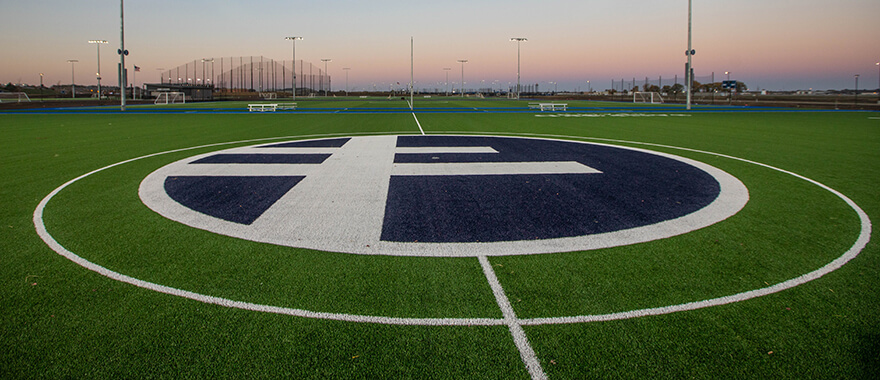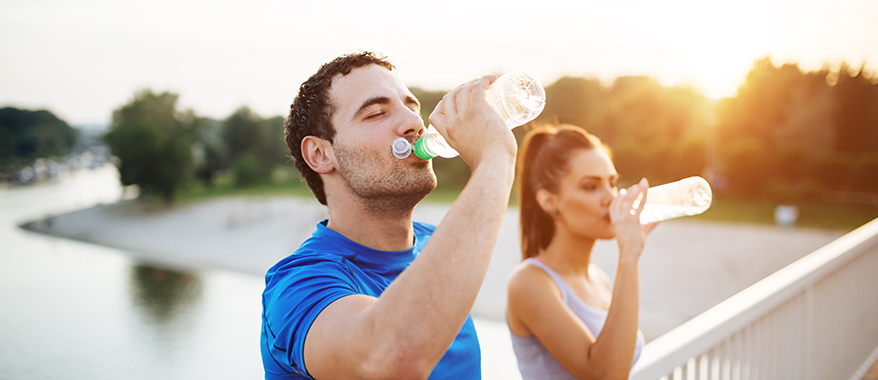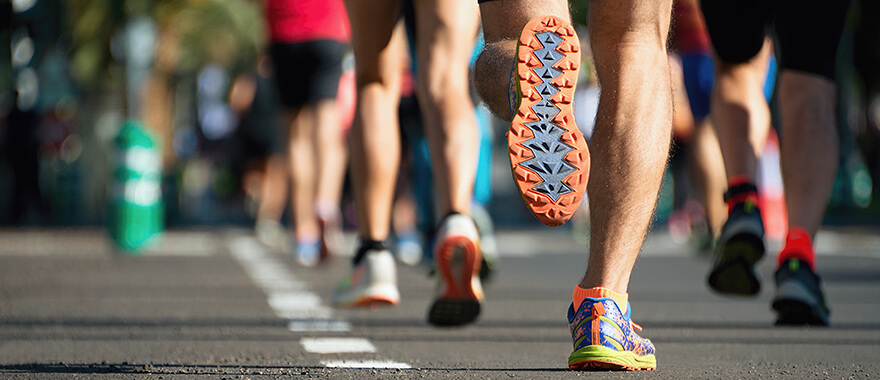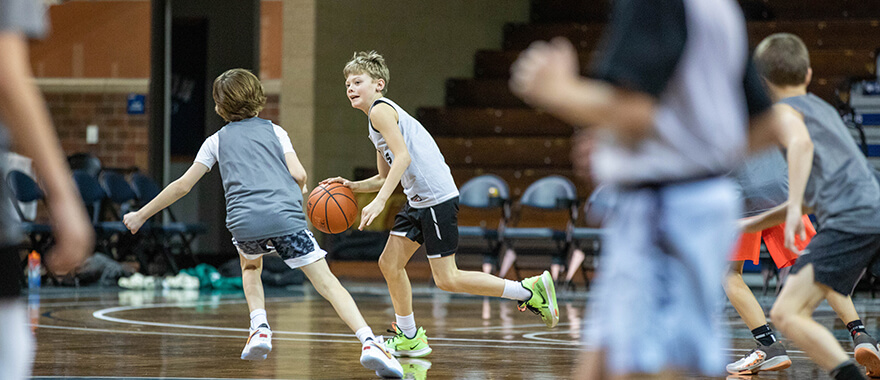Is artificial turf dangerous for athletes in the heat?

Posted: August 1, 2023
Hundreds of athletes have already enjoyed playing on the beautiful new fields at the Sanford Crossing and Sanford Diamonds at the Sanford Sports Complex. But as temperatures rise, parents and spectators question if the artificial turf increases players’ risk of heat illness.
Thayne Munce, PhD, a sports scientist at Sanford Health, provides insight on the playing surface and what coaches and athletes can do to stay safe.
How hot is turf compared to grass?
On hot, sunny days the surface temperature of artificial turf is warmer than natural grass by about 30 degrees, but what’s more important is the air temperature above the surface.
While there are limited studies in this area, air temperature has been reported to be higher over artificial turf than over natural grass. However, heat exchange between humans and the environment also depends on humidity, wind and radiant energy from the sun.
Wet bulb globe temperature is a measurement that combines these four environmental factors. Studies have found wet bulb globe temperature is similar above the surface of artificial turf and natural grass. Since artificial turf does not release moisture into the air like natural grass, warmer air above its surface is offset by lower humidity.
While surface and air temperatures may be hotter in sunny conditions, scientists have not found evidence that athletes are at an increased risk for heat illness on artificial turf.
How to prepare for the heat
Regardless of the playing surface, proper preparedness and planning can keep athletes safe.
The sports medicine team at the Sanford Sports Complex has taken steps to protect athletes who practice and compete on our fields. This includes a heat safety plan that provides recommendations for canceling or modifying activities based on weather conditions.
The Sanford Sports Complex also has a certified athletic trainer on site for all events and competitions. They have an emergency action plan to guide their response to any health emergency. For heat illness, this includes having a portable cold water immersion tub available for rapid cooling, which can be a lifesaving intervention for heatstroke.
Players and coaches can do their part to protect themselves by limiting their heat exposure, staying properly hydrated and recognizing the signs and symptoms of heat-related illness.
When temperatures heat up this summer, Sanford Sports wants everyone to play hard and play safe.




